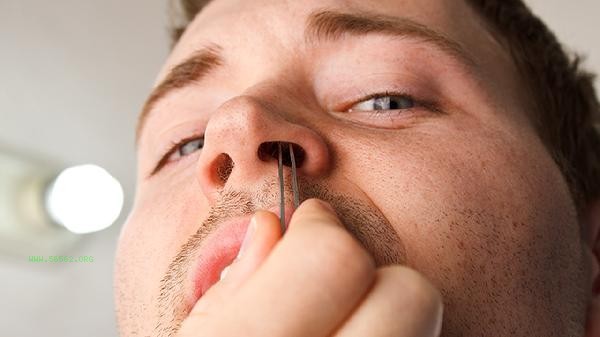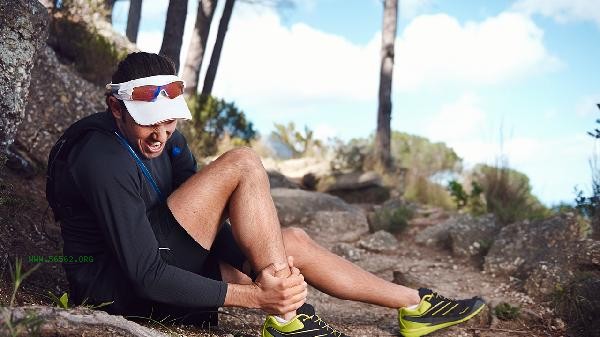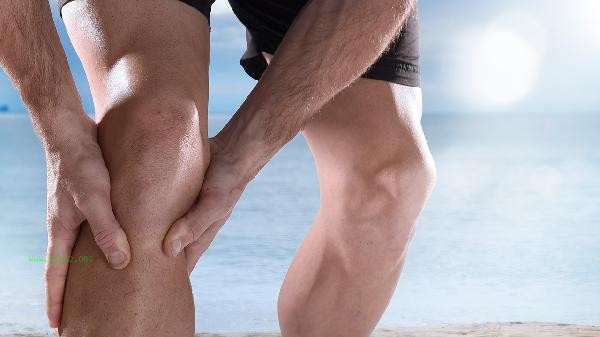Sit ups mainly exercise the abdominal muscles, including rectus abdominis, external oblique abdominis, and internal oblique abdominis, while indirectly stimulating the iliopsoas and quadriceps femoris muscles. This exercise is helpful in enhancing core strength and improving body posture.

1. Rectus abdominis
The rectus abdominis muscle is a long, elongated muscle located directly in front of the abdomen, which is directly stimulated by the trunk flexion movement during sit ups. When the body is rolled up from a supine position, the upper part of the rectus abdominis muscle contracts most noticeably, helping to shape the upper abdominal line. Long term regular training can enhance the endurance and explosive power of this muscle, but attention should be paid to the standardization of movements and avoid compensatory force from the neck.
2. External oblique muscle of the abdomen
The external oblique muscle of the abdomen is distributed on both sides of the abdomen and is more involved in twisting sit ups. When performing variations such as crossing elbows and touching knees, this muscle will work together to contract and assist in completing trunk rotation. Strengthening the external oblique muscle can enhance lumbar stability and have a positive effect on preventing sports injuries, but it is necessary to control the training intensity to prevent muscle imbalance.
3. Internal oblique muscle
The internal oblique muscle is located deep in the external oblique muscle and, together with the transverse abdominis muscle, forms the natural waist structure. In standard sit ups, this muscle belongs to the secondary force generating muscle group, but its activation is significantly increased when exhaling to tighten the abdomen. Strengthening the internal oblique muscle can improve the ability to regulate abdominal pressure and help alleviate discomfort in the lower back caused by prolonged sitting.

4. Iliopsoas muscle
As a hip joint flexor muscle group, the iliopsoas muscle assists in completing movements during the sit up phase. Excessive reliance on the iliopsoas muscle to exert force may lead to lumbar compensation, and it is recommended to reduce its involvement by controlling the amplitude of the scapula off the ground. For those with weak core muscle groups, simplified movements such as abdominal rolling can be used for transition.
5. quadriceps femoris
When using a traditional fixed foot posture, the quadriceps femoris helps stabilize the lower limbs through isometric contractions. This indirect stimulation has limited effect on shaping leg muscles, but may affect the effectiveness of isolated abdominal training. Suggest trying variations that do not fix your feet, or using yoga balls and other equipment to reduce leg strain.

It is recommended to combine aerobic exercise and whole-body strength exercises during sit up training, 3-4 times a week, with 3 groups per time and 15-20 times per group. In the initial stage, there may be abdominal muscle soreness, and sufficient rest should be taken within 48 hours. Pay attention to maintaining a standard posture of slightly retracting the chin and supporting the ears with both hands. When getting up, exhale and feel the pressure on the abdomen. For patients with a large body weight or lumbar disc herniation, it is recommended to consult a doctor and choose alternative training such as plank support. In terms of diet, it is necessary to ensure high-quality protein intake, such as chicken breast, fish, etc., to help with muscle repair and growth. Simultaneously supplementing sufficient vitamin C and dietary fiber to promote recovery after exercise.






Comments (0)
Leave a Comment
No comments yet
Be the first to share your thoughts!